Plenary Addresses

Hatem Zeine
Founder and President at Ossia
Title: The Future of Wireless Power and the Adoption Path
Tuesday, June 6, 2023
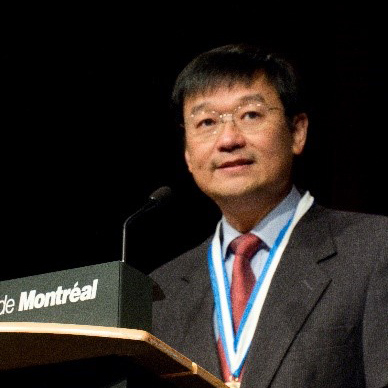
Ron Hui
Professor, Nanyang Tech. University
Title: WPT: A Paradigm Shift for the Next Generation
Tuesday, June 6, 2023

Valentina Palazzi
Chair of the IEEE MTT-S TC
Title: Women in (Wireless) Power Panel (Facilitator)
Tuesday, June 6, 2023
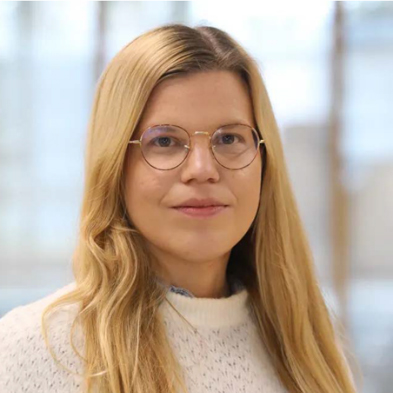
Jasmin Grosinger
Associate Professor, Graz University of Technology
Title: Women in (Wireless) Power Panel
Tuesday, June 6, 2023
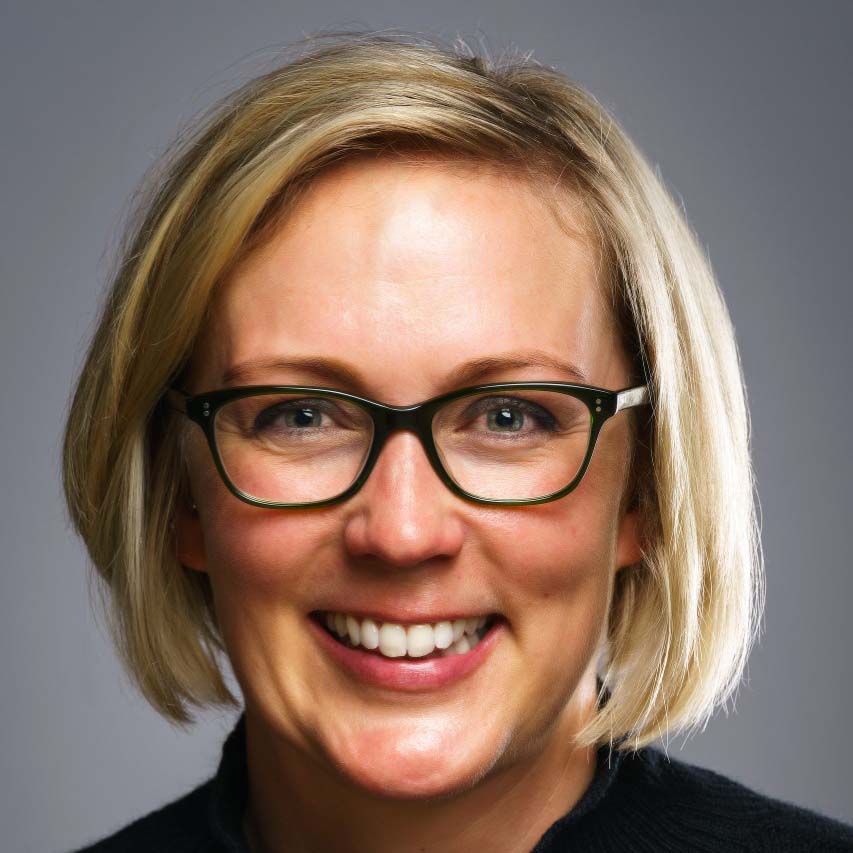
Jennifer Grenz
Chief Revenue Officer at Ossia
Title: Women in (Wireless) Power Panel
Tuesday, June 6, 2023

Amy Barzdukas
CMO at WiTricity
Title: Women in (Wireless) Power Panel
Tuesday, June 6, 2023

Michael Masquelier
ASPIRE, Chief Commercial Officer
Title: Wireless EV Charging Panel (Facilitator)
Wednesday, June 7, 2023
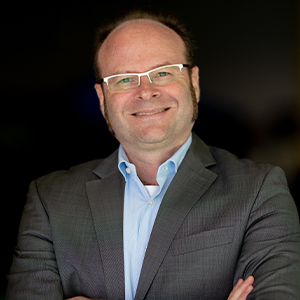
Jesse Schneider
ZEV Station, CEO/CTO
Title: Wireless EV Charging Panel
Wednesday, June 7, 2023
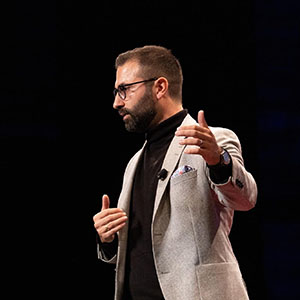
Stefan Tongur
Electreon, VP of Business Development
Title: Wireless EV Charging Panel
Wednesday, June 7, 2023
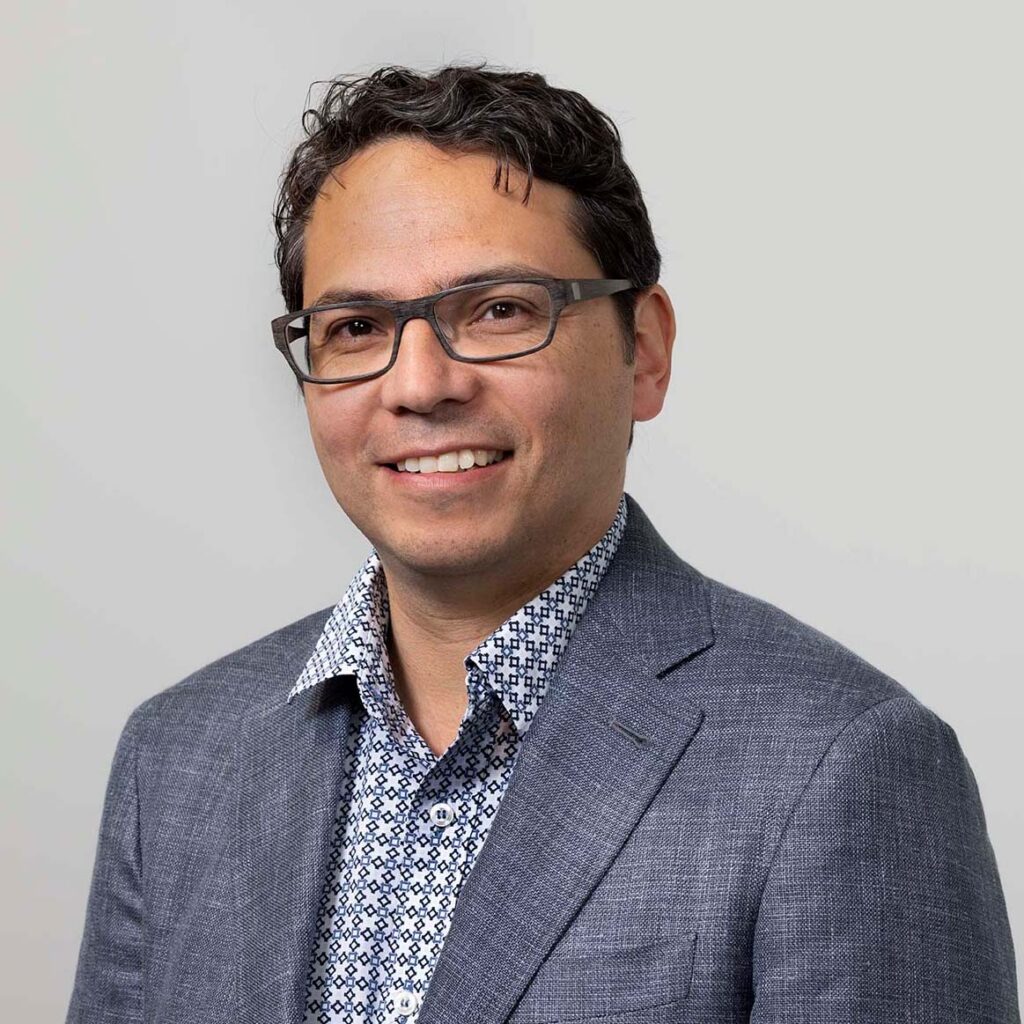
Sergio Perez
Business developer, ENRX
Title: Wireless EV Charging Panel
Wednesday, June 7, 2023
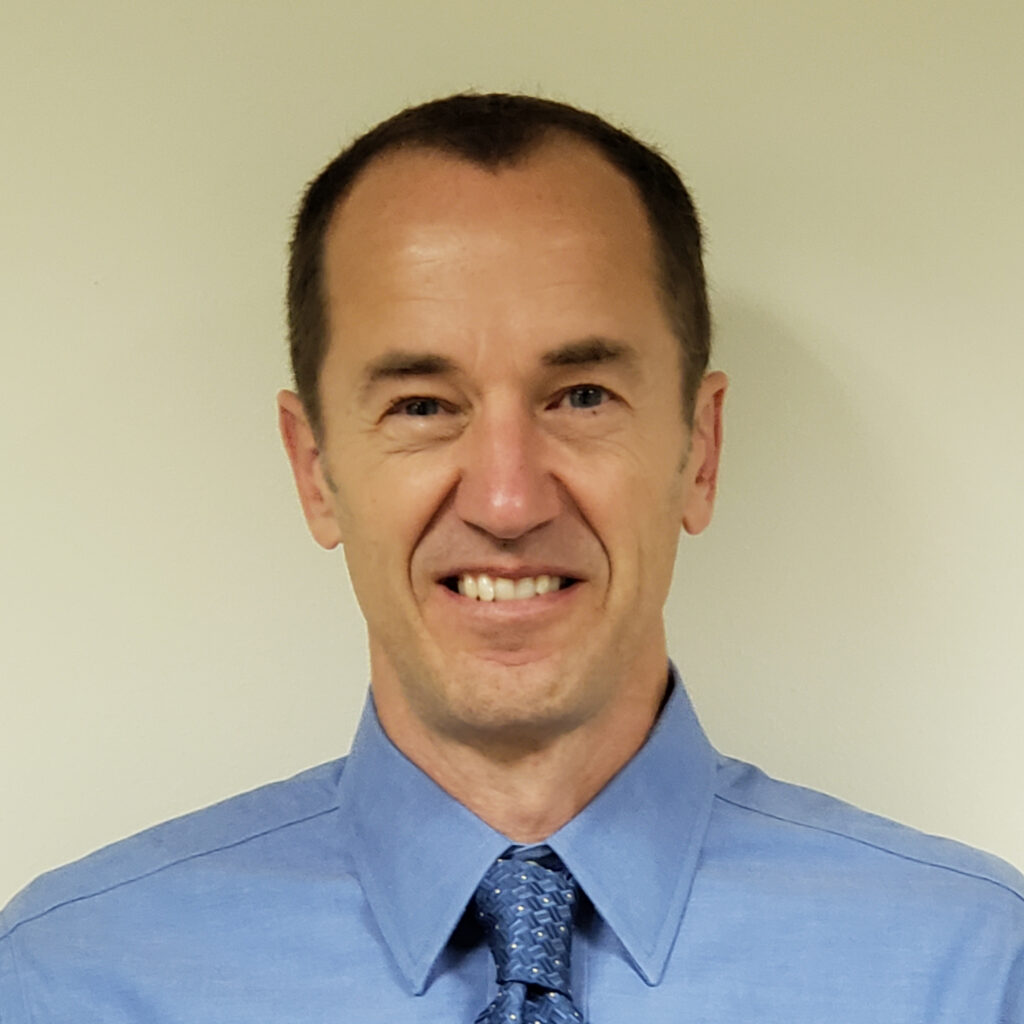
Jeff Spaulding
Manager, Kenworth Truck Company
Title: Wireless EV Charging Panel
Wednesday, June 7, 2023
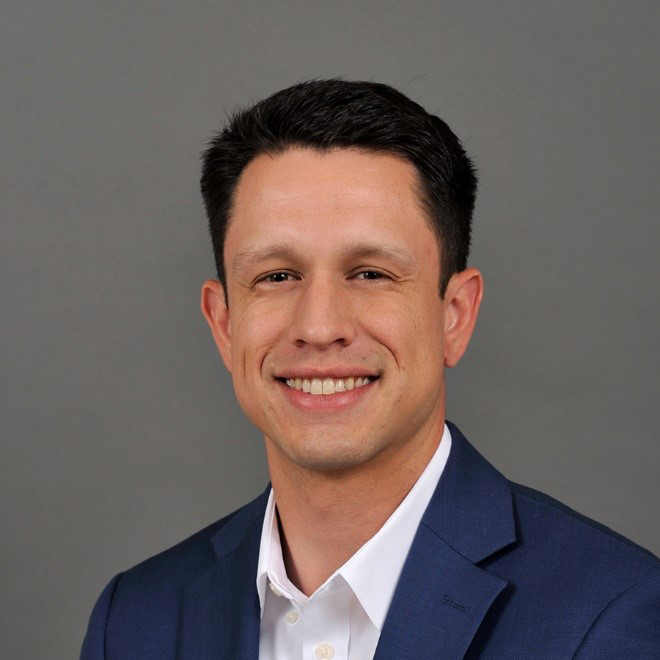
Jeff Hoyos
Senior Regional Planner, SANDAG
Title: Wireless EV Charging Panel
Wednesday, June 7, 2023

Valentina Palazzi
Chair of the IEEE MTT-S TC
Title: Equity in Wireless Power Panel (Facilitator)
Wednesday, June 7, 2023
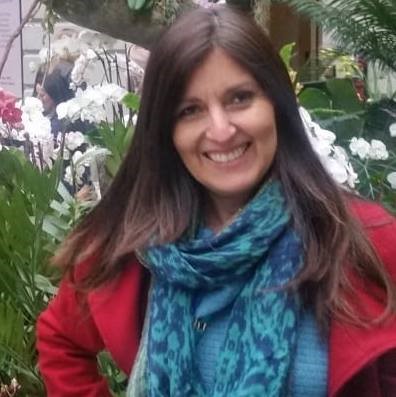
Sandra Cruz-Pol
Program Director, NSF Engineering Division
Title: Equity in Wireless Power Panel
Wednesday, June 7, 2023
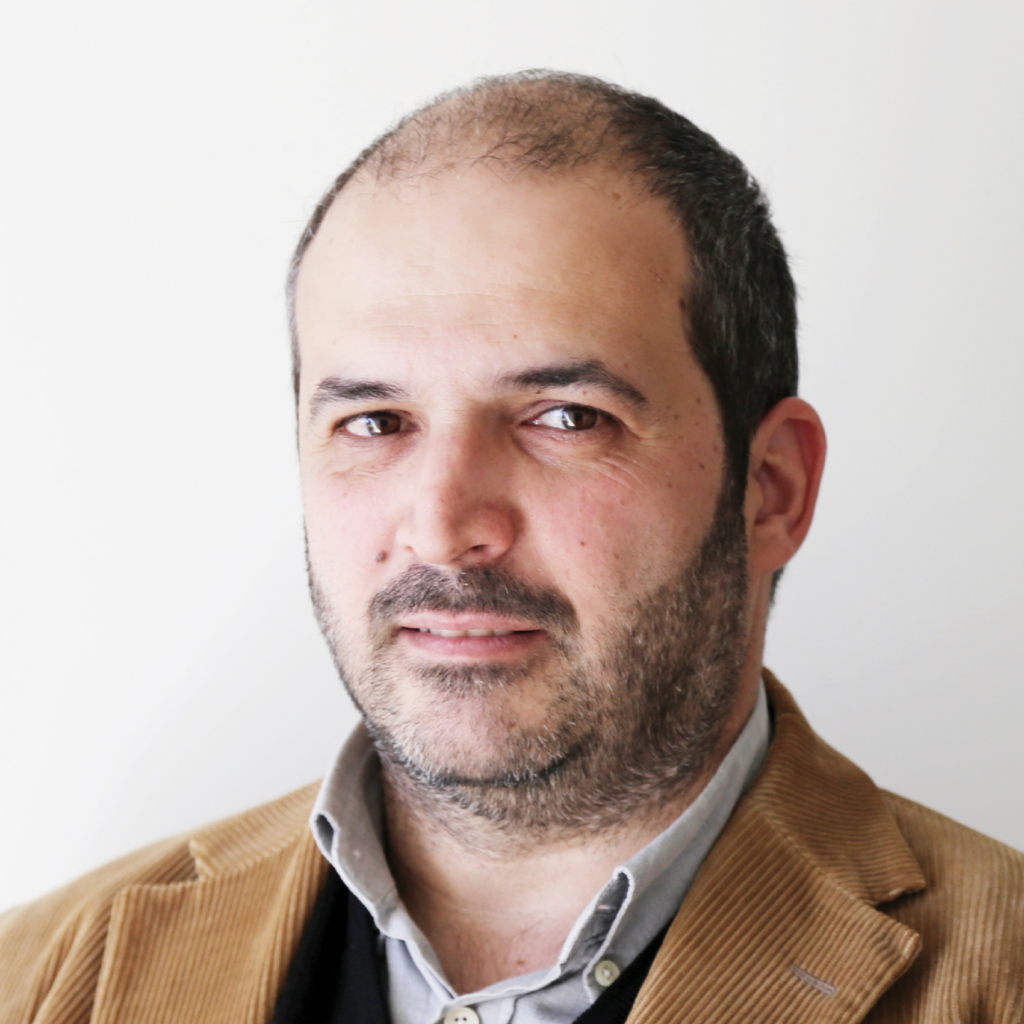
Nuno Carvalho
IEEE-MTT President
Title: Equity in Wireless Power Panel
Wednesday, June 7, 2023
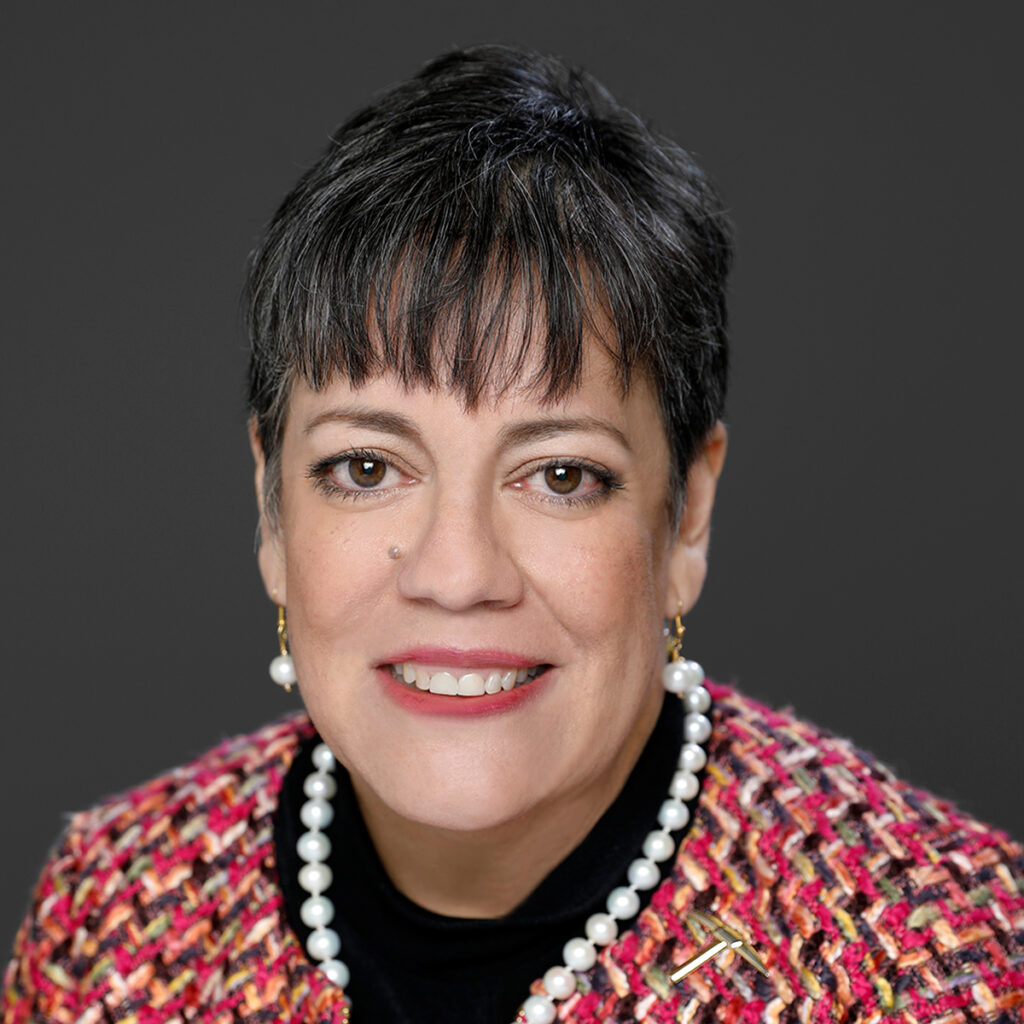
Ivonne Santiago
ASPIRE, Co-Director
Title: Equity in Wireless Power Panel
Wednesday, June 7, 2023
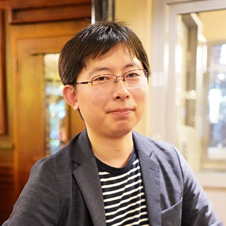
Naoki Hasegawa
Researcher, Softbank
Title: WPT based on Mobile-Base Station for Beyond-5G/6G
Thursday, June 8, 2023

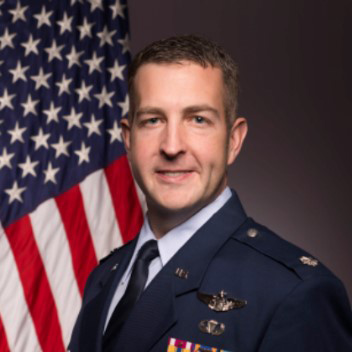
Col. Paul J. Calhoun
Program Manager at DARPA
Title: POWER: Persistent Optical Wireless Energy Relay, and DARPA’s pathway to Energy Web Dominance
Thursday, June 8, 2023
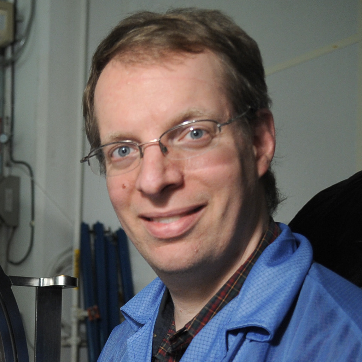
Paul Jaffe
U.S. Naval Research Laboratory
Title: POWER: Persistent Optical Wireless Energy Relay, and DARPA’s pathway to Energy Web Dominance
Thursday, June 8, 2023

Robert Winsor
Researcher
Title: POWER: Persistent Optical Wireless Energy Relay, and DARPA’s pathway to Energy Web Dominance
Thursday, June 8, 2023
Plenary and Session Keynote Speakers
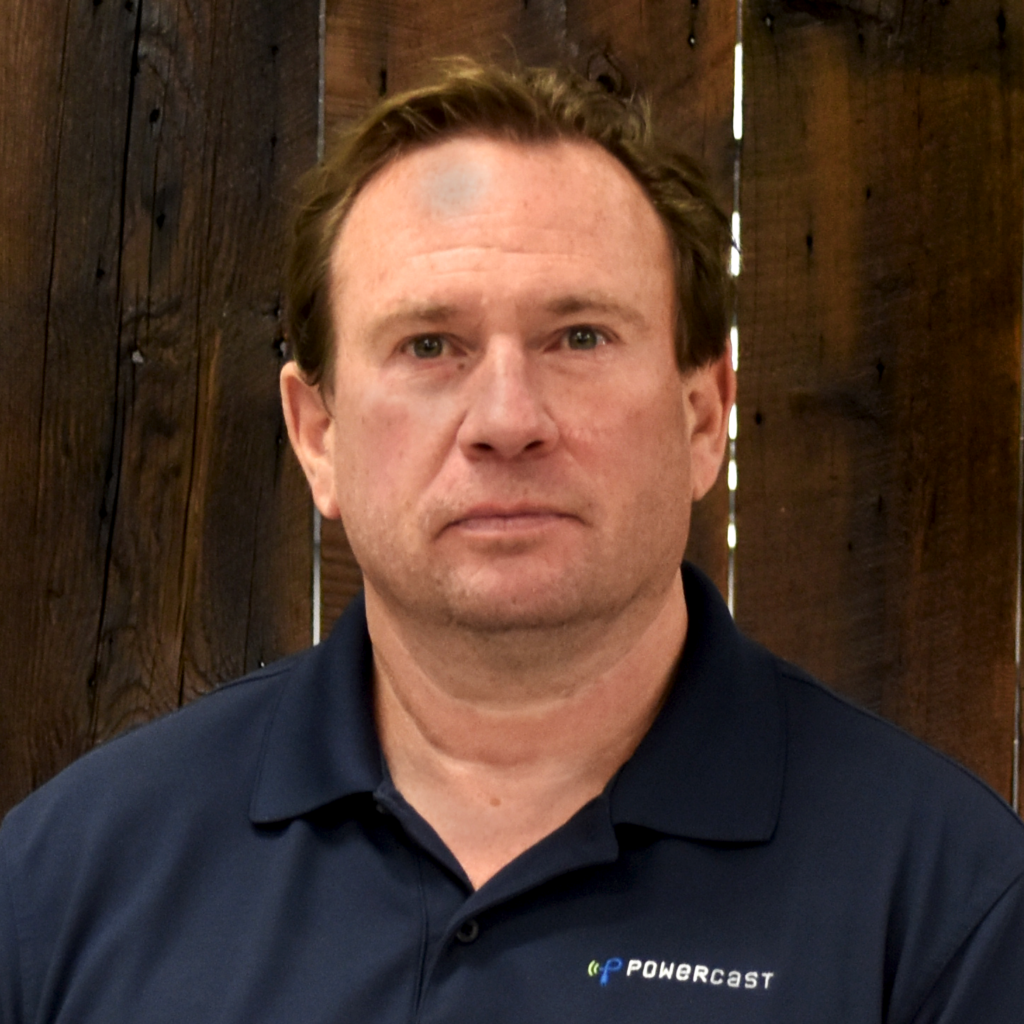
Charles Goetz
CEO at Powercast
Title: Wireless Power: Unleashing AI’s Full Potential
Tuesday, June 6, 2023

Amy Barzdukas
CMO at WiTricity
Title: Consumers Want Wireless Charging
Wednesday, June 7, 2023
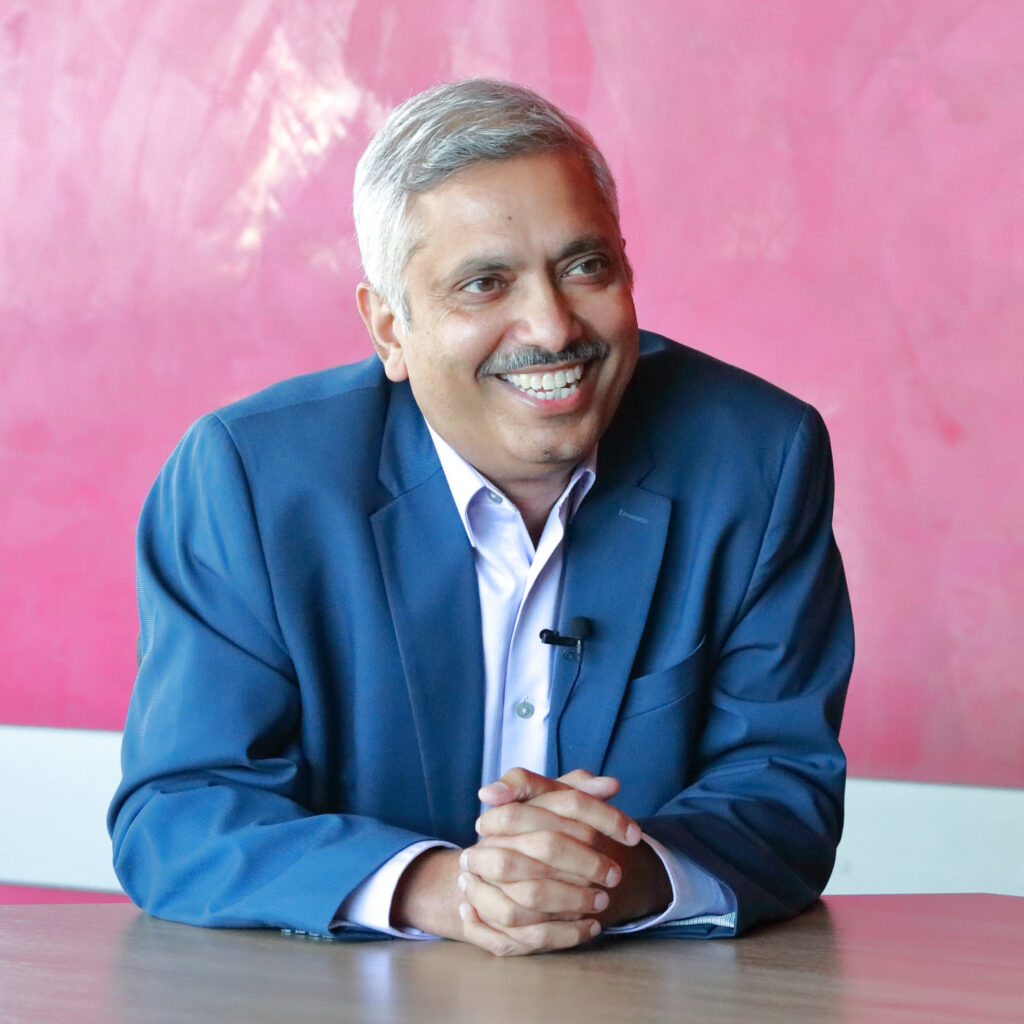
Sanjay Gupta
AirFuel Alliance, Chairman/President
Title: The Future of Wireless Power
Thursday, June 8, 2023
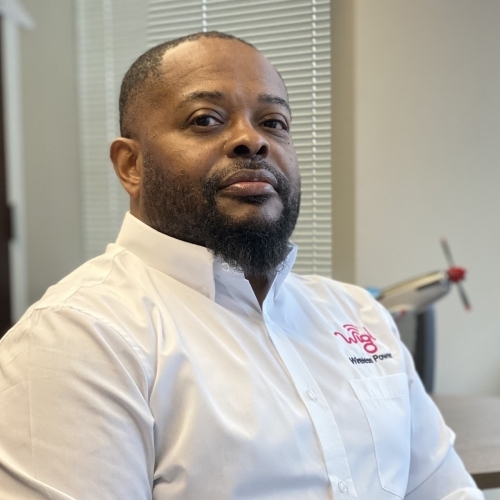
Dr. Ahmad Glover
WiGL, President & Founder
Title: Working Together to Build the Integrated tWPT Networks to Harvest Meaningful Power
Wednesday, June 7, 2023
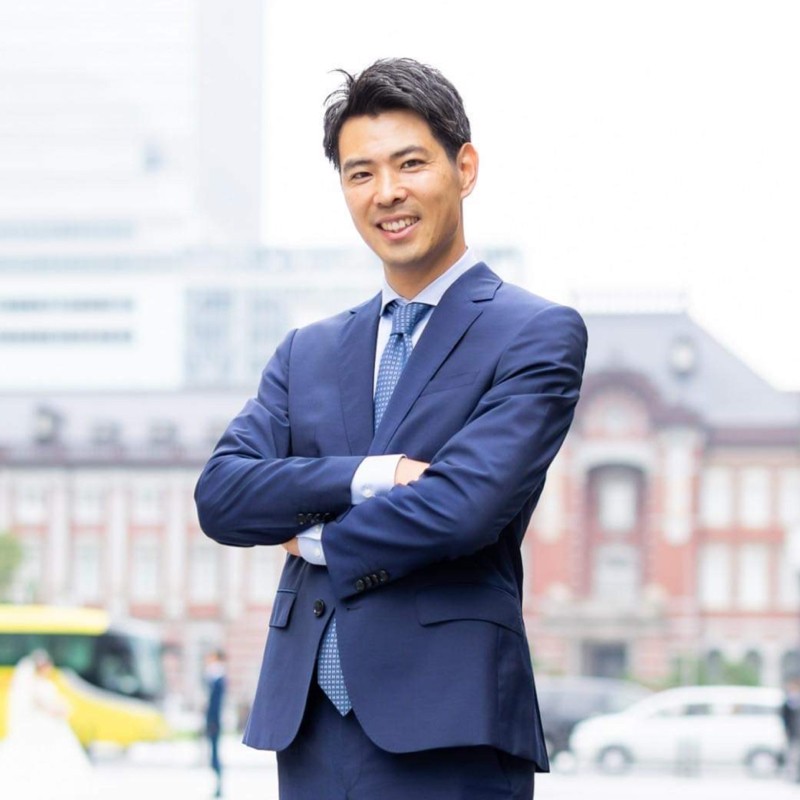

Yuji Tanabe
Aeterlink, CEO
Title: Wireless Power Transfer Applications for Carbon Neutrality and Healthcare Solutions
Thursday, June 8, 2023
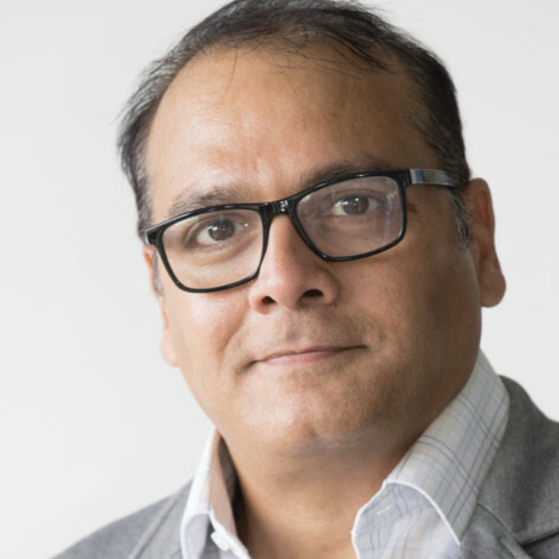

Dinesh Kithany
Founder and Chief Analyst, WAWT
Title: How distant are we from charging distantly and real wirelessly – Panel (Facilitator)
Tuesday, June 6, 2023
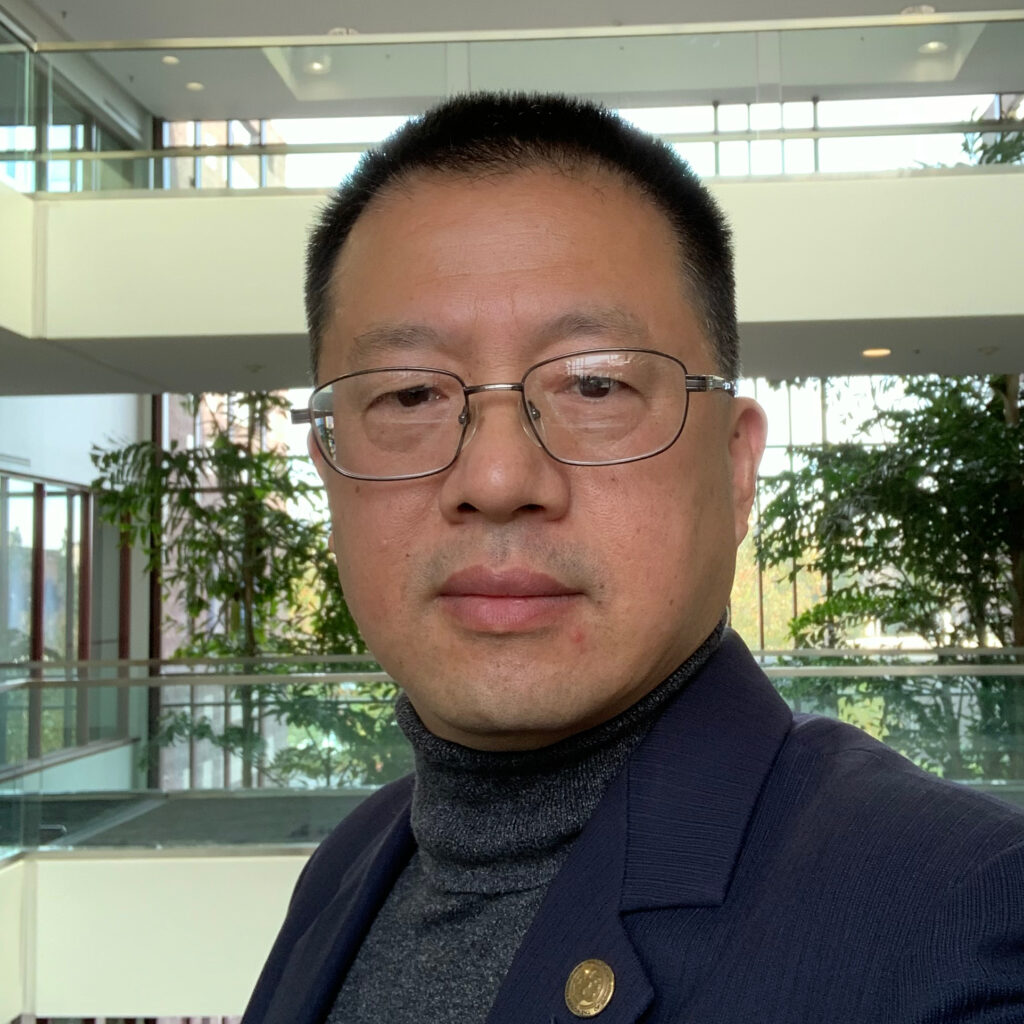

Bob Xu
Head of Marketing and Business Development, Americas/APAC, Energous Corporation
Title: How distant are we from charging distantly and real wirelessly – Panel
Tuesday, June 6, 2023


Chris Davlantes
CEO of Reach
Title: How distant are we from charging distantly and real wirelessly – Panel
Tuesday, June 6, 2023
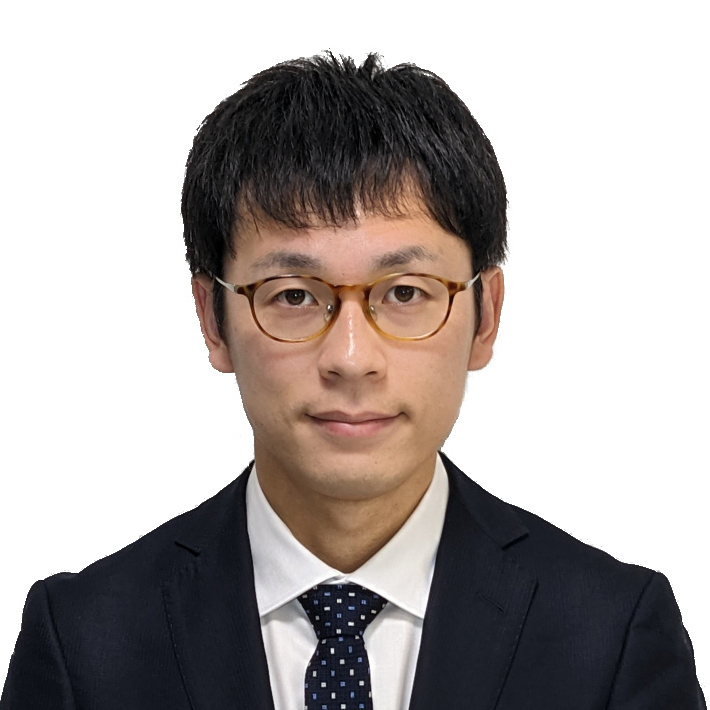

Yuki Tanaka
Panasonic System Networks R&D Co.
Title: How distant are we from charging distantly and real wirelessly – Panel
Tuesday, June 6, 2023
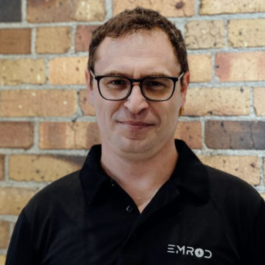

Greg Kushnir
Founder and CEO of Emrod
Title: How distant are we from charging distantly and real wirelessly – Panel
Tuesday, June 6, 2023


Nuno Carvalho
IEEE-MTT President
Title: How distant are we from charging distantly and real wirelessly – Panel
Tuesday, June 6, 2023
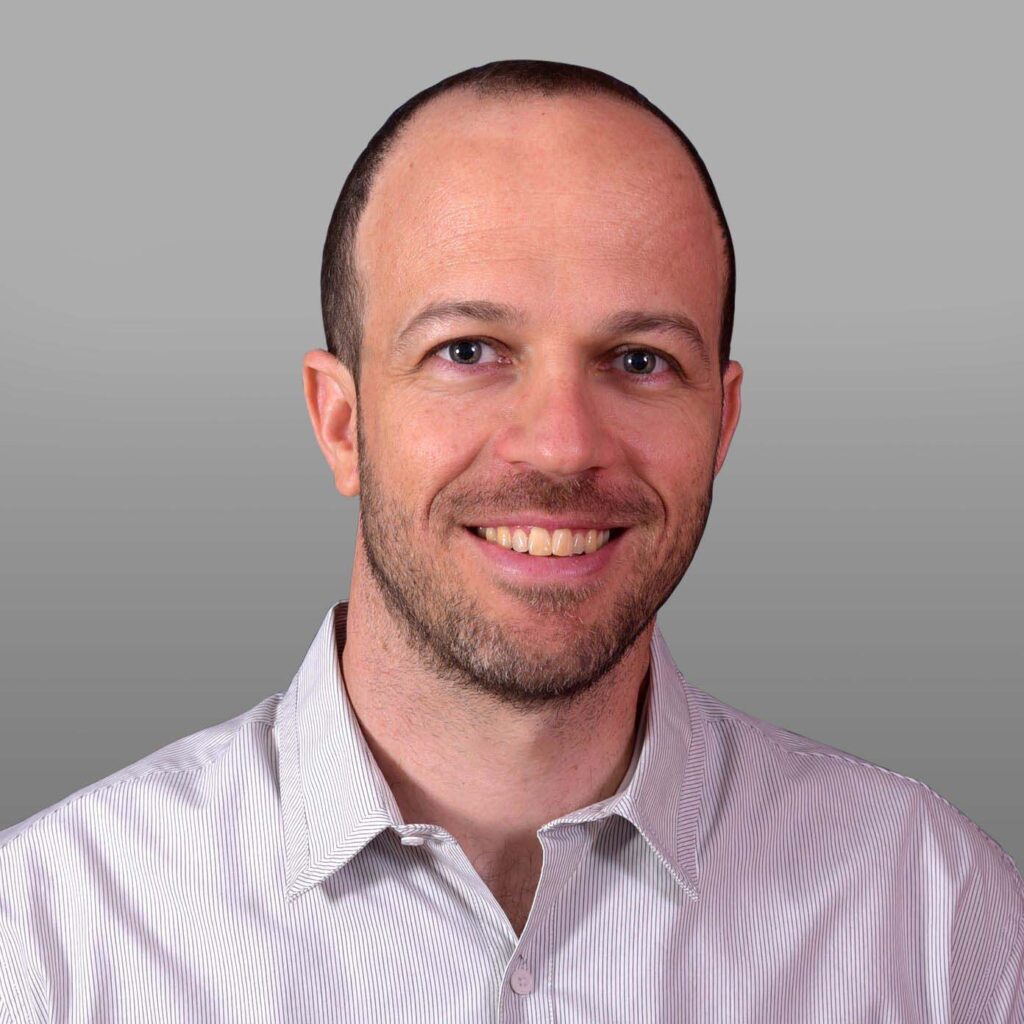

Ori Mor
Founder, Chief Business Officer, Wi-Charge
Title: How distant are we from charging distantly and real wirelessly – Panel
Tuesday, June 6, 2023



Dr. Ahmad Glover
WiGL, President & Founder
Title: How distant are we from charging distantly and real wirelessly – Panel
Tuesday, June 6, 2023


Mike McCamon
Executive Director, NFC Forum
Title: The NFC Forum Wireless Charging Specification’s Impact on Society and the Wireless Power Industry
Tuesday, June 6, 2023



